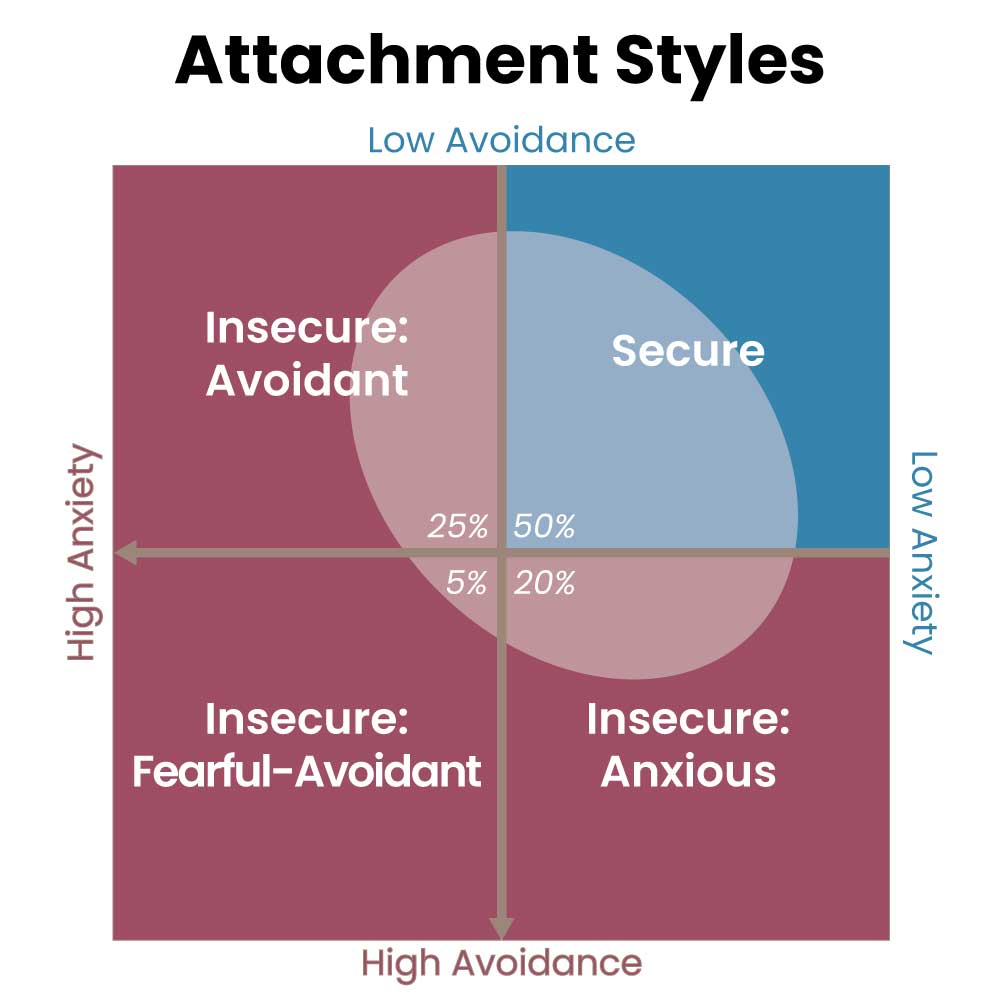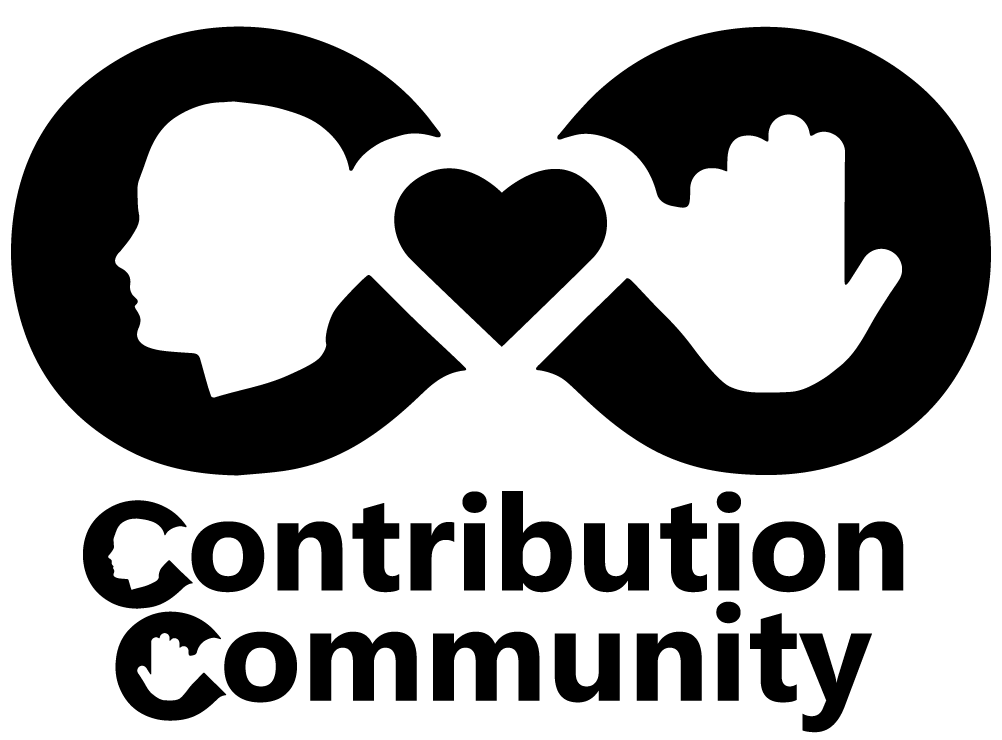Attachment Style at Work-From-Home

Do you know your attachment style? We start learning how to cope with difficult feelings from a young age. Like a babies need milk, young children need to feel loved, seen, and connected. Really, we never grow out of this need. Thankfully, Developmental Psychologist Mary Ainsworth and Psychiatrist John Bowlby created what we call Attachment Theory. It says that we develop an attachment style based on how we received attention from our caregiver as a child. That attachment style carries forward into adulthood. It can drastically shape our working relationships – even more when the lines of work and home have blurred. Let’s take a quick look at each attachment style.

Secure Attachment Style
Secure babies will cry when their mother leaves but calm down quickly and go back to playing when she returns. These children have usually received consistent love and attention from an empathetic caregiver. As adults, secure attachment leads to more trusting, stable, and honest relationships. At work it is correlated to greater job satisfaction. They are more resilient under stress. They form strong bonds and are less likely to avoid difficult conversations.
Insecure Attachment Styles
Avoidant babies will appear less concerned when the mother leaves but will resist her touch and attention when she returns. Children often develop insecure attachment when their caregiver is consistently unavailable as a source of comfort and attention. As adults, avoidant attachment looks like emotional distancing. It’s characterized by mistrust of others, a lack of vulnerability, and strong value for independence. They can be highly critical of others and resist socializing.
Anxious babies will become distressed when the mother leaves and will continue crying for longer even when the mother returns and tries to comfort the baby. Children may develop anxious attachment patterns when their caregiver is only inconsistently available or misattuned (lacking empathy) in how they relate. Sometimes baby’s want space. A mother who fails to notice signals that a child wants space can cause them distress. As adults, anxious attachment might look like deep insecurity, emotional neediness, and a lack of boundaries. At work, they might be particularly sensitive to how they’re perceived by others – seeking validation. However, that sensitivity can also make them attuned to unspoken issues.
Finally, Fearful-avoidant babies will show inconsistent behaviors, mirroring the inconsistent care from their caregivers. They might run towards the parent and then stop and run away. Babies might stare at the parent’s face and then avoid eye contact. Children who develop this style are often the victims of abuse. In adults, this style is also known as Disorganized Attachment. Because the coping patterns of disorganized attachment pull from both anxious and avoidant strategies it is difficult to predict their behaviors. They might exhibit extreme or contradictory behaviors and attitudes.
Read more about Attachment Styles in the Workplace
Can People Change?
The good news is that, although attachment styles are relatively stable, people do tend to move towards more secure attachment over time, according to a 2019 study.
Attachment Style: Fear-based Policies to Love-based Practices
In many ways, when we talk about fear-based policies we’re going all the way back to our attachment styles. Insecure attachment leads to fear-based policies in how we relate to others. We fear being hurt; so, we avoid opening our hearts or we anxiously seek approval. In other post we’ll explore how, even with a secure attachment style, we all tend to develop certain coping strategies that begin to define our personal and professional strengths and weaknesses.
Find out your attachment style with this free 5-minute test from the Attachment Project
Read up on the various attachment styles. See if you can start to identify the patterns of people in your workplace. Remember, these are default assumptions people have learned since childhood. They’re not easy to change. The best thing we can do is be conscious of the pattern. Notice how people behave under stress. You’re likely to see their attachment style come out. For instance, people with secure attachment will reach out to trusted friends, family, and colleagues for comfort. On the other hand, people with avoidant people might shut down and isolate themselves.

Final Thought
As business leaders, it is our responsibility to provide an emotionally safe environment for our workers. If you’re an inconsistent presence in the lives of your employees it can trigger old patterns. Make sure you give your employees consistent feedback. Be vulnerable, caring, and present when you’re with them. As a boss, and the keeper of their job, you in a sense are a caregiver. So, what kind of caregiver will you be? Does your team know that you care about them? Do you consistently give them your attention and empathy? If not, don’t be surprised if you hear screaming and crying down the hall. Check yourself. Maybe you’re the one being a baby.

You must be logged in to post a comment.